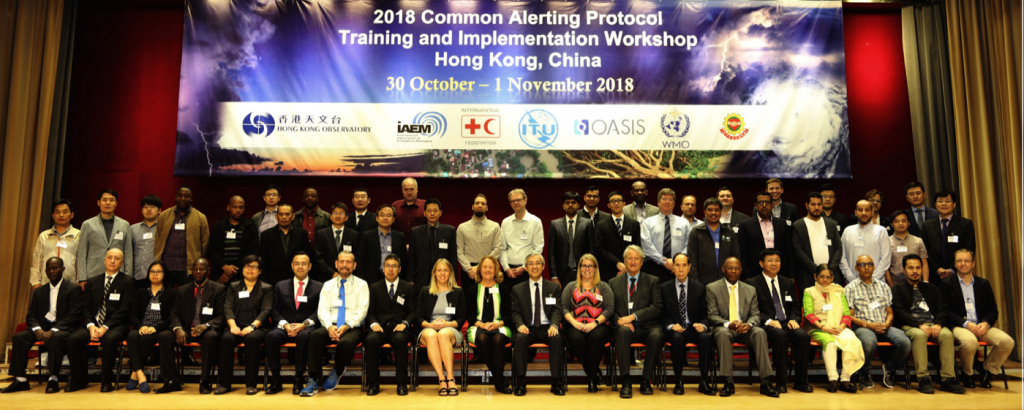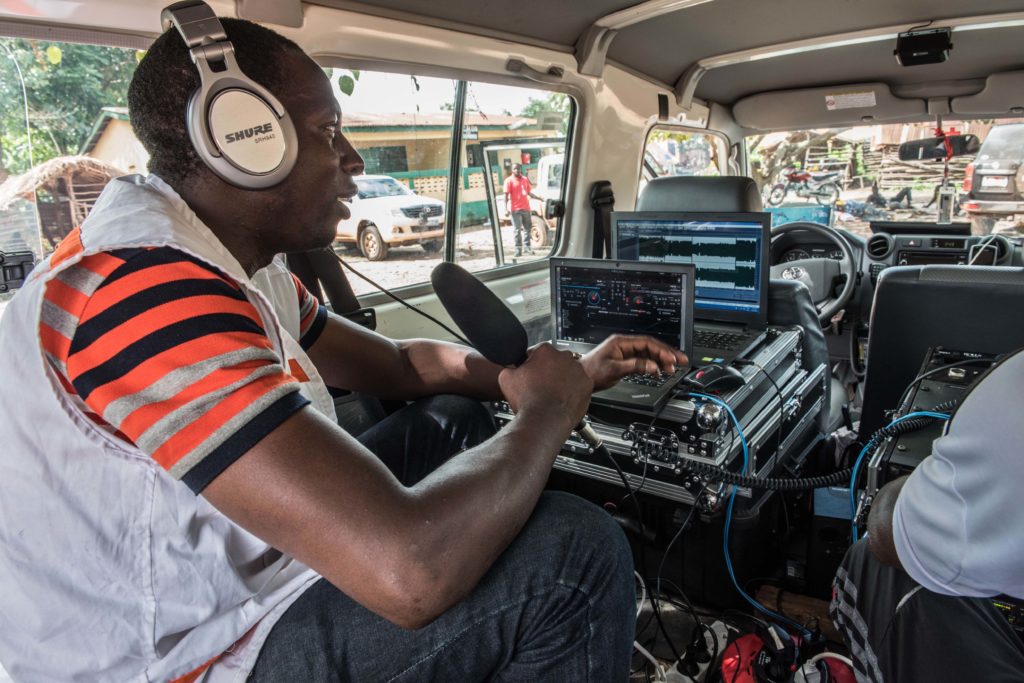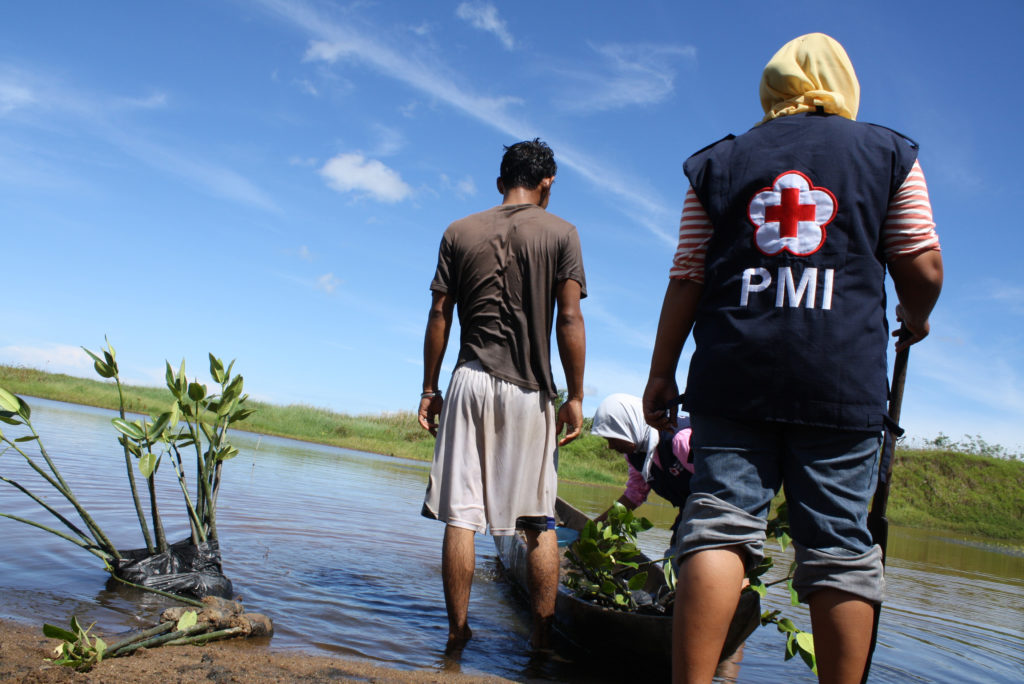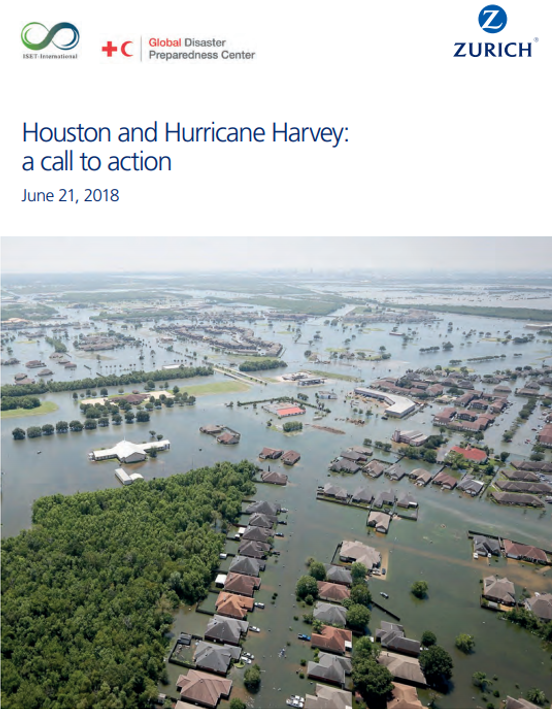CAP Workshop 2018 Overview Filtered Alert Hub
This presentation was given by Eliot Christian on 2 November, 2018, at the Filtered Alert Hub Workshop in Hong Kong, China. The PDF version provides full narrative text with small slide images; the PPT version has presentation-ready slides with narrative text separately in the “Notes pages”.
CAP Workshop 2018 Overview Filtered Alert Hub Read More »





